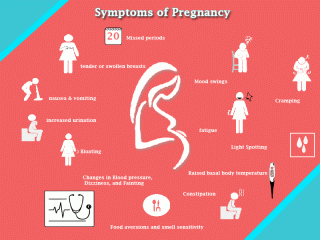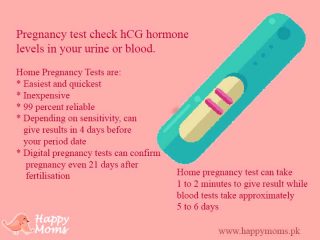
Most ladies ovulate around fourteen days after the first day of their period and conceive shortly. The average full-term pregnancy can last between 37 to 42 weeks. This is an estimation of when you are expected to deliver. By the time you find out you are expecting, you are already in your fourth week of pregnancy. There are number of due date calculators available on the web but to be sure, it’s best to consult your gynecologist. Here is how your due date is calculated:
Last Menstrual period (LMP)
Most of the pregnancies end at 40 weeks, so usually the best method of estimating your due date is to count 40 weeks, or 280 days, from the first day of your last menstrual period (LMP). It’s very common to deliver a week or two before or after your due date.

Conception date
LMP method works well if you have a regular menstrual cycle. But for women with irregular menstrual cycle, conception date can be used to estimate the expected date of delivery (EDD). Add 266 days to your conception date to assess your EDD. It’s important for you and your gynecologist to know the EDD
IVF transfer date
If you are an IVF mom, you can calculate your due date by using your IVF transfer date.
Ultrasound scan
Ultrasound scan help estimate the EDD, it uses the size of the fetus to determine the gestational age, i.e. the time passed since your last LMP.
Your due date can also change for number of reasons. Ultrasound scan at different timings during your pregnancy including the dating scan, gives you a more accurate due date based on the size and development of your baby.
Only about four per cent of babies are born on their due date, and you can deliver two weeks before and after your due date.
This article is for informational purposes only, and is not meant to offer medical advice.
Read more on Getting pregnant
Read our article on Ovulation and Pregnancy Test




